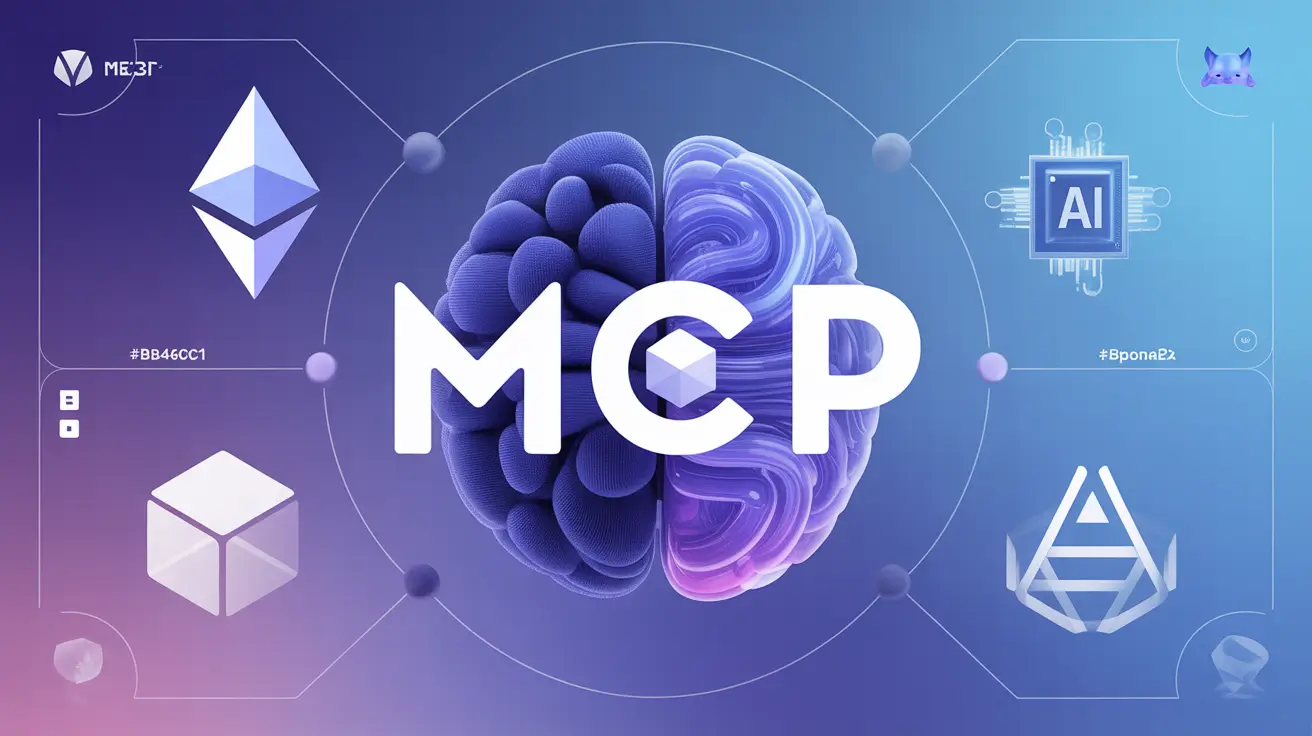Table of Contents
What is Blockchain? Have you ever heard the term “blockchain” and wondered what all the buzz is about? You’re not alone! Blockchain technology is like a digital notebook that can’t be tampered with, used for recording transactions securely. Imagine having a magical ledger where every transaction is safe, transparent, and open to everyone involved. Whether it’s keeping your cryptocurrency safe or transforming the way contracts and records are handled, blockchain is changing the way we think about trust in the digital world.
Understanding Blockchain Technology
Definition of Blockchain
At its core, blockchain is a digital ledger that records transactions across multiple computers to ensure that the recorded details cannot be altered retroactively. Imagine a highly sophisticated spreadsheet that logs every transaction made across a network. This ledger is distributed and decentralized, meaning it’s in the hands of all participants, not controlled by a single entity. Each participant in the network has access to the whole database and its complete history.
The History and Evolution of Blockchain
Blockchain didn’t just pop up overnight. Its origins trace back to the late 20th century, but it really started to take shape with the introduction of Bitcoin in 2008. Created by the mysterious figure Satoshi Nakamoto, Bitcoin was the first application of blockchain technology. This paved the way for its use in various fields beyond cryptocurrency, such as supply chain management, healthcare, and voting systems. Over the years, blockchain technology has evolved with more robust and efficient systems like Ethereum. Now, it is being explored for its potential to revolutionize industries by providing a level of trust and transparency that was previously unattainable.
Key Components of Blockchain
There are several fundamental components that make blockchain incredibly trustworthy and resilient:
– Blocks: These are batches of transactions that are permanently recorded. Each block contains a list of transactions, a timestamp, and a link to the previous block.
– Nodes: These are computers that participate in the blockchain network. Each node keeps a copy of the blockchain and helps validate and relay transactions.
– Cryptography: This ensures transactions are secure, using complex mathematical algorithms to encrypt the data. It’s what protects the identities of users and guarantees the privacy of the data within the blockchain.
– Consensus Algorithms: This is a system used to agree on the reliability of transactions. It’s crucial for the integrity of the database, ensuring that once a transaction is added, all nodes agree on its validity.
How Blockchain Works
The Process of Creating Blocks
Creating a block is at the heart of what makes blockchain unique. When a user initiates a transaction, it first gets bundled with other transactions into a “pending block.” These blocks are then added to the existing chain once they’re verified and validated, maintaining the chronological sequence of the blockchain. The process of adding a block is known as mining in the cryptocurrency world, where participants (referred to as miners) use powerful computers to solve complex equations. Once miners successfully solve these problems, the new block is added, and these miners are often rewarded with cryptocurrency.
How Transactions are Verified and Recorded
Before a block is added to the chain, each transaction within it must be verified as legitimate. Verification involves ensuring the users have the necessary funds or permissions to execute a transaction. This verification process is carried out by the nodes present in the network. Once the transaction is verified, it is time-stamped and subsequently added to the chain in a confirmed block. This ensures that the blockchain is a complete and accurate reflection of all transactions.
Role of Consensus Mechanisms
The integrity of a blockchain is maintained through consensus mechanisms. These mechanisms help decentralize decision-making in blockchain networks, allowing nodes to agree on the validity of the transactions. Some of the common consensus algorithms are:
– Proof of Work (PoW): Used by Bitcoin, this mechanism requires miners to solve a complex mathematical problem. This prevents the manipulation of data since it requires immense computational power.
– Proof of Stake (PoS): Participants prove ownership of a certain amount of currency. This mechanism is energy-efficient compared to PoW and rewards participants based on their stake or investment in the network.
– Delegated Proof of Stake (DPoS): This builds on PoS but involves a reputation system where stakeholders vote for delegates to validate transactions and create blocks.
These consensus processes ensure that everyone agrees with the current version of the chain and maintain trust without a central authority. This is a critical element of blockchain technology, making it secure, decentralized, and allowing it to support the seamless operation of applications built on top of it.
In essence, blockchain technology offers a revolutionary approach to recording and verifying transactions, providing security, transparency, and decentralization. Its potential applications continue to grow, promising to fundamentally change how we handle data and trust in the digital world.
Features of Blockchain
Blockchain technology is making waves for a reason. It’s packed with remarkable features that make it stand out in the digital world. Let’s delve into some of these unique characteristics that make blockchain the backbone of secure transactions and data integrity.
Transparency and Immutability
One of the standout features of blockchain is its transparency. Each transaction gets recorded on a public ledger that is accessible to all participants within the network. This openness ensures that no single entity can manipulate the transaction data without the network noticing. So, you can think of it as a transparent glass box where everyone can see what’s happening inside.
Immutability refers to the fact that once a transaction is recorded on the blockchain, it cannot be altered or deleted. This is part of what makes blockchain technology so revolutionary. Imagine trying to change what’s been chiseled in stone—pretty difficult, right? The same goes for blockchain. This feature helps prevent fraud and makes sure every transaction is fair and trustworthy.
Decentralization
Another remarkable feature is decentralization. Unlike traditional databases, which are typically centralized, a blockchain is decentralized. What does this mean? Instead of being controlled by a single authority or server, it operates across a network of computers known as nodes. Each node holds a copy of the entire blockchain, contributing to a system where no single entity has full control.
This decentralized nature helps distribute trust among all participants, reducing the risk of corruption and eliminating the dependency on a central authority. It’s like everyone sharing the responsibility of keeping the system honest and reliable.
Security and Anonymity
Blockchain is synonymous with security, and for good reason. Transactions are often encrypted and are stored across a network, making it incredibly hard for hackers to tamper with the data. The use of cryptography ensures that transactions are secure and can be traced without exposing the involved parties’ personal information.
Furthermore, blockchain supports anonymity. Transactions on a blockchain typically do not disclose the identities of the parties involved, only their digital addresses. This makes it possible to protect user privacy while ensuring transparency and accountability. It’s a delicate balance between openness and confidentiality that blockchain manages masterfully.
Applications of Blockchain in Industries
The versatility of blockchain extends beyond securing transactions. The technology has found its way into several industries, reshaping the way they operate and enhancing efficiency and transparency. Let’s explore some key applications in various sectors.
Cryptocurrency and Financial Services
The most famous application of blockchain is arguably in the world of cryptocurrency. Blockchain serves as the foundation for digital currencies like Bitcoin and Ethereum, allowing for peer-to-peer transactions without the need for intermediaries like banks. This leads to reduced transaction costs and faster processing times.
Beyond cryptocurrencies, blockchain is transforming traditional financial services as well. From cross-border payments to smart contracts, which automatically execute terms once conditions are met, blockchain is streamlining various financial operations. It offers a secure and efficient way to manage digital identities, credit histories, and even lending processes, paving the path toward a more inclusive financial ecosystem.
Supply Chain Management
Supply chains are complex networks involving multiple participants. Keeping track of products as they move from manufacturing units to store shelves can be a logistic challenge—and this is where blockchain comes in handy.
By implementing blockchain, every step in the supply chain can be tracked in real-time, providing an immutable record of all transactions. This transparency helps verify the authenticity of the product and ensures that the goods have been ethically sourced. Businesses can easily trace defects or delays and manage inventory efficiently. In short, blockchain brings accountability and trust into the supply chain, enhancing customer satisfaction and loyalty.
Healthcare and Data Security
The healthcare industry stands to gain significantly from blockchain technology. Managing patient records securely while ensuring quick access for medical providers is crucial—and blockchain can do just that.
With blockchain, patient data can be stored on a secure, tamper-proof platform. Authorized healthcare providers can access the information quickly, ensuring that patients receive timely treatment without repeated tests or administrative delays. Additionally, blockchain can help safeguard sensitive health data from cyber threats, as its decentralized and encrypted nature makes unauthorized access almost impossible.
Moreover, blockchain can streamline clinical trials and research by maintaining transparent records of data and protocols, reducing fraud and enhancing trust in scientific findings.
In conclusion, blockchain is much more than a buzzword in the world of technology; it is a transformative force that’s driving secure, transparent, and efficient practices in various industries. Whether in finance, supply chain, or healthcare, its impact is undeniable, setting a foundation for a future where trust is embedded in digital interactions.
Conclusion
As we wrap up our look into the world of blockchain, it’s clear that this technology is more than just a digital ledger; it’s a game-changer. From enhancing security and transparency to reducing costs and boosting efficiency, blockchain has the potential to transform everything from finance to supply chains. So, whether you’re a tech enthusiast or just curious about what the future holds, keeping an eye on blockchain and its expanding role can be both exciting and rewarding.





